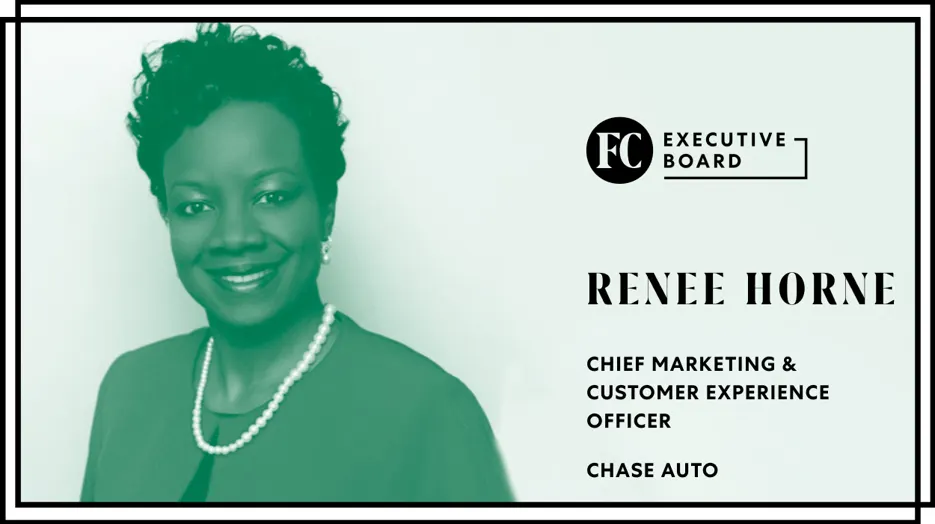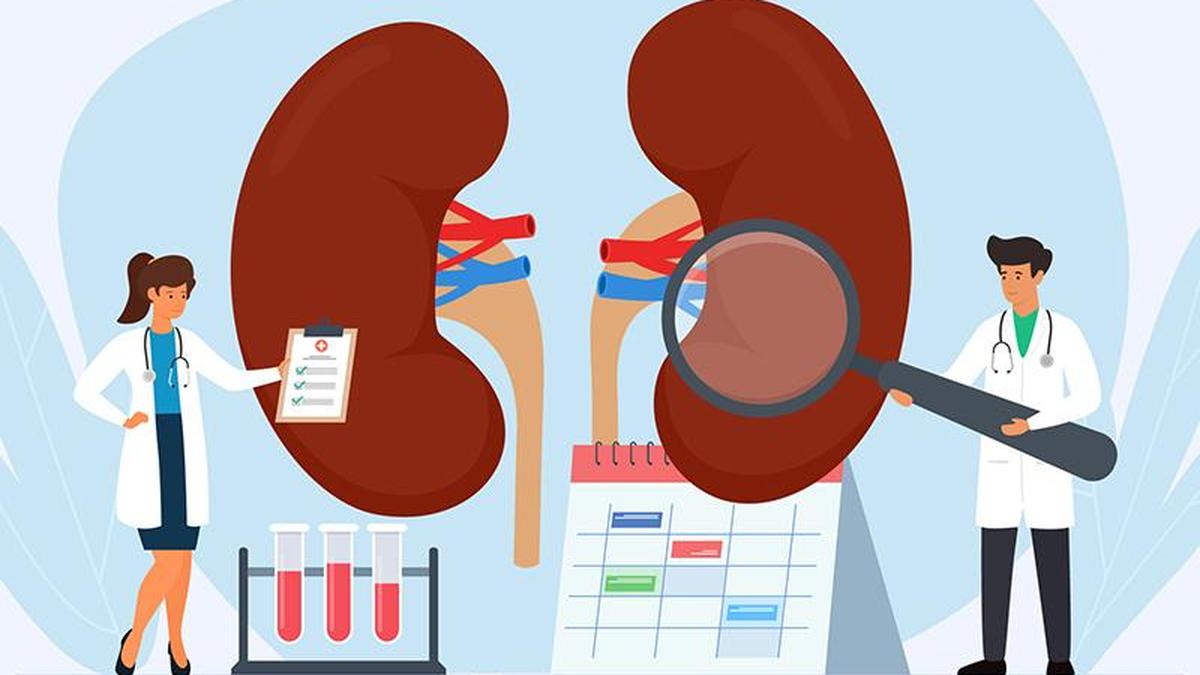Copyright Fast Company

The sun was just beginning to rise over Napa Valley when the van pulled up to the towering hot air balloon. This was a bucket-list moment for Renée Horne. She and her husband had booked a ride to celebrate their 25th wedding anniversary. She had looked forward to taking in stunning views, but she hadn’t expected to take away profound lessons about life and leadership. “The enormity of it all was quite humbling,” says Horne, chief marketing and customer experience officer at Chase Auto. “We climbed in, and there were commands back and forth while the people on the ground released the sandbags and ropes holding us down. The next thing you know, we’re floating, we’re rising. Tears swelled in my eyes, and all my worries melted away.” While others around her took selfies, Horne was overwhelmed by feelings of awe, gratitude, and clarity. She reflected on the changes that she has recently gone through in her personal and professional life: marking a quarter-century of partnership with her husband, navigating the ups and downs of parenting kids in high school and college, taking a more proactive role in caring for aging family members, all while balancing her marketing leadership role within Chase Auto. As she reflects on an experience she compares to a spiritual awakening, Horne shares five lessons for other leaders who share the joys of balancing work life and family life. 1. A HEALTHY, HAPPY SELF MAKES FOR A BETTER LEADER Take care of yourself first so you can show up for your people. Nail the basics to maintain good habits around your physical and mental health. Be focused but flexible as you chart your course. Subscribe to the Daily newsletter.Fast Company's trending stories delivered to you every day Privacy Policy | Fast Company Newsletters Horne is a former NCAA track-and-field athlete and has always considered herself a “corporate athlete” in the business world. She has learned, after taking her doctor’s advice and making gradual changes in her lifestyle over time, that she is healthier and happier when she prioritizes diet, exercise, and rest. “As a leader, you’ve got to be agile,” says Horne. “Sometimes you have to sprint. And sometimes the journey you’re on is a marathon. I was a sprinter and middle-distance runner, and both taught me a lot about discipline, studying the competition, and repetition training. Those same principles also transcend into my character and belief in the workplace. We have a high-performance culture within JPMorganChase, and to be high-performing and effective as a leader, you need to be firing on all cylinders—having consistent regimens, routines, and rituals. Regardless, it starts with waking up knowing you can be your best self to serve your team and clients.” 2. LETTING GO OF WHAT WEIGHS YOU DOWN ALLOWS YOU TO RISE UP It’s natural to gravitate toward your comfort zones. However, these comfort zones can be barriers to growth and innovation. To rise as a leader, be willing to let go of what weighs you down: unproductive habits, outdated systems, or even relationships. For a hot air balloon to ascend, it must release ballast. Leaders must go through the same process to learn and grow. “I’m highly empathetic and passionate about people,” says Horne. “I’m intentional about using constructive feedback to adapt and adjust—as opposed to dwelling on the mistakes I made. Reinforce the positive things, and pivot away from the things that are not working. Maybe the business goals have changed. Maybe the strategy has changed. Rather than trying to make progress on something that may not even make sense anymore, I’ve learned how to change my approach.” 3. WE CAN’T CONTROL THE WIND, BUT WE CAN CHANGE OUR ALTITUDE (OR ATTITUDE) Hot air rises, so a balloon pilot adds more heat to increase altitude. As the temperature of the balloon cools, it descends. The pilot can’t dictate the direction or strength of the wind, but they can adapt to changing conditions. Adopt the same mentality in your leadership style. Accept what you can’t change, and practice shifting your perspective and approach to steer around obstacles. “There are various external factors impacting the automotive industry,” says Horne. “A few years ago, the pandemic affected production. Today, other market dynamics, such as tariffs, are changing the landscape. Certainly, there are some things we can influence through business practices, but others may be outside of our direct control, like consumer car prices. Chase Auto serves the entire automotive supply chain, which includes several OEM partners, over 12,000 dealers nationwide, and over 80 million consumers. It’s very important that, as marketers, we can articulate what these changes mean to customers across the car-buying journey through our education and resource center.” advertisement 4. A BETTER VANTAGE POINT CHANGES OUR PERSPECTIVE Look for ways to see the bigger picture beyond your own point of view. Seek a diverse set of inputs from team members, customers, and other stakeholders. Being curious and asking questions to learn what you don’t know is a lifelong leadership requirement. “We all value growth, but there’s a need to put equal time, care, and compassion into the customer experience,” says Horne. “There’s no greater way to learn than by listening to customer feedback across many touchpoints. We want to make sure we’re providing the right experiences across journeys, whether they’re digital, in person, or over the phone. While I’ve had the privilege of being in this role, I’m proud that we’ve seen a record improvement in complaint reductions and some record highs in our net promoter scores, customer satisfaction, and dealer satisfaction metrics.” Making the time to address feedback has improved the experience. 5. IT’S ALL ABOUT THE PEOPLE A business is the sum of its people. Lead with empathy and empowerment, understanding the needs of the people who wake up every day to represent your brand and serve your customers. Horne says her experience floating a few thousand feet above ground, watching the pilot methodically navigate their trajectory, helped affirm her belief in servant leadership. “I learned about servant leadership from my father, a U.S. Army veteran,” explains Horne. “One of his primary roles as a 92R, or parachute rigger, with the U.S. Army 82nd Airborne Division, was to pack, maintain, and repair the parachutes of fellow soldiers ahead of training jumps and missions. His job was to ensure that every soldier landed safely on two feet along with select cargo. He found joy in helping others succeed while also serving as a paratrooper. Being a leader means serving with integrity, compassion, and a genuine desire to uplift those around us. I’m here to serve the people. It’s not about me. As a leader, it’s my role to build the team up, inspire them to follow our vision, and go on the journey together.”



